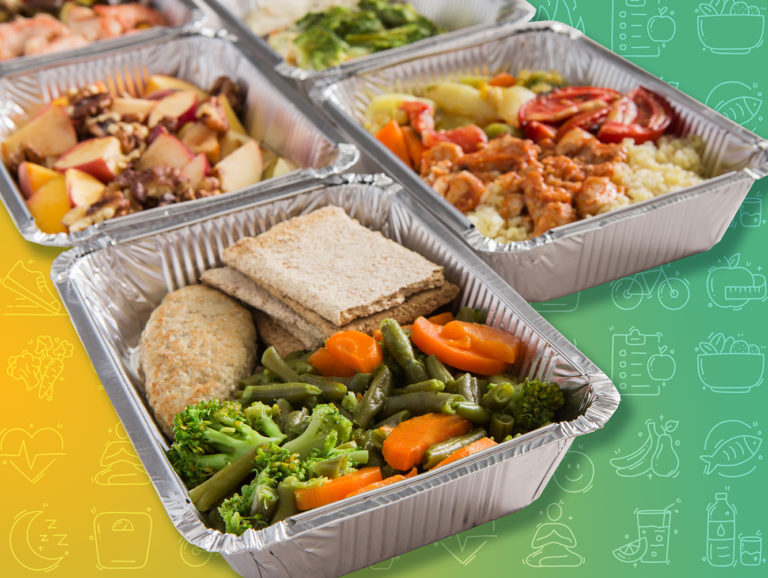Sustainability

Similar to school-based health centers, programs addressing food security must have the infrastructure to remain sustainable. Key areas include strong partnerships, sound business model and high-quality program. Partners can include the school, sponsorship organization, and other key stakeholders. Enduring partnerships with school and community stakeholders create fully engaged and accountable partners who provide the spark of leadership that catalyzes resources, patrons, and institutions. A sound business model that has a financial plan that relies on diverse funding sources that are stable and predictable is key. Funding sources include: in-kind contributions of staff and resources, local, state, federal, foundation, and corporate funding. Last having a high-quality program that meets the needs of students and demonstrate the highest level of quality and patient satisfaction. Achieving a first-rate, high-quality patient-centered program requires attention to every dimension of program performance, including measuring quality indicators, data reporting, and routine workflow and data analysis. Quality Improvement (QI), a system-level, iterative approach, achieves and maintains benchmarks by identifying workflow challenges, facilitating planning and testing interventions, assisting with analyzing results, and tweaking interventions based on results.
Key TIPS for Sustainability
- Design food security interventions with sustainability in mind
- Integrate programs with SBHC services
- Develop strong partnerships
- Identify long-term funding support if needed
(Note additional resources and examples of sustainability will be added as this work expands)
Partnership development
- Partnerships between SBHCs and local organizations are integral to sustainability and funding for all models and interventions. Everyone benefits from SBHCs building connections to local partners and working together to improve student and community well-being. Community partners and your local school district are invaluable resources in identifying existing community food resources. Including community partners from the beginning in asset mapping or needs assessment is a crucial way to build consensus and partnership.



- Potential partners
– Consider existing partnerships within the school that can support families with navigating food resources. Some examples include Community School models, social workers, and parent liaisons. See here for additional partnership resources.
– Consider partners that already provide food resources in the community. Great partners for food accessibility projects include local farms, restaurants, farmers’ markets, food pantries, food banks, gardening programs, extension offices, youth or family focused non-profits, grocery stores, and health departments.
– Volunteers and donations ensure food access sustainability. Donations are also a win for retail partners, who can reduce the amount of food waste they produce and non-food local businesses may support your work through donations, but also through volunteerism.
– Don’t forget partnering with your school or district food service department. They have a strong understanding of school nutrition programs and may also be connected to local food resources. As a starting point, a SBHC could partner on communications to families about nutrition programs and support increased participation in onsite food programs for students. This may include meals that are provided after school and in the summer.

How to get connected with local resources?
- Engage Community-Based Organizations and Businesses – SBHA Toolkits – This toolkit section contains best practices, examples, and tips for SBHCs to connect with organizations in their communities. This toolkit was created using information from a previous SBHA initiative called “Hallways to Health” aimed at building a strong culture of wellness in schools and their communities.
– Templates and resources for this page can be found here: Resources and Tools – SBHA Toolkits – specifically Community Agency Partnership Handbook may be helpful
- Farm To School: The National Farm to School Network is a place for communities to network and find information about local food sources and food education that can be integrated into school systems and educational environments. Schools who are involved in Farm to School give students access to healthy foods, exploratory opportunities like cooking lessons and farm field trips, and a connection to local agriculture.
“Farm to school enriches the connection communities have with fresh, healthy food and local food producers by changing food purchasing and education practices at schools and early care and education settings.” – National Farm to School Network
- Farm to School Program | Food and Nutrition Service – Learn more about the Farm to School Program from the FNS website. FNS shares toolkits, successful examples from the field, contact information for regional Farm to School Program offices, and funding opportunities here.
- Linkage Agreement Template – This is a sample linkage agreement used to formalize partnerships with community organizations. Many schools and organizations already have an agreement process, but this can serve as a template for those who do not.
- Find Your Local Food Bank | Feeding America – Can be used as a tool to build a connection with local organizations





